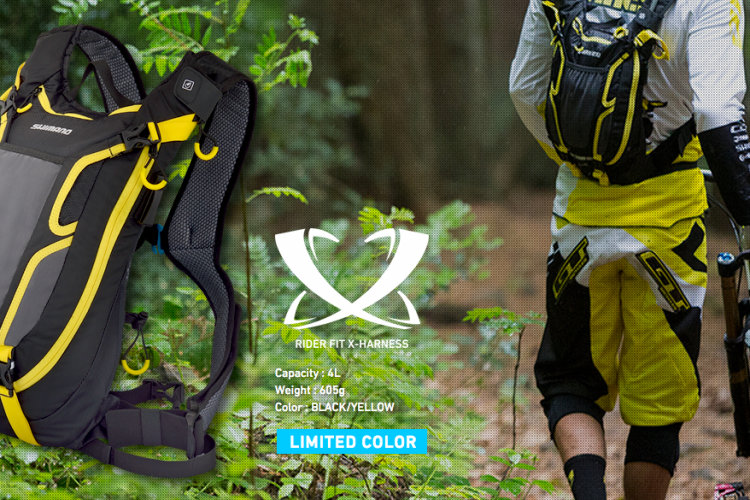
I get giddy when new gravity tires come my way, like a kid with a fresh slingshot and a heavy pocket of marbles. I spent months testing the Maxxis Aggressor and Assegai tire combo and have these details to share on the Aggressor’s performance as a rear tire.

Maxxis Aggressor Rear Tire Review
The Maxxis Aggressor is an all-around solid rear tire that Maxxis says “is designed for high-speed modern mountain bike trails.” They don’t recommend the tread for wet riding, and I wouldn’t either, but when things are hot and dirty the Aggressor is a great choice for folks who want to spread the edges of their personal velocity. The tire’s fast rolling characteristics are promptly apparent.
The 29×2.3″ Aggressor tire I mounted came with the hefty Double Down casing and 3C MaxGrip, just like the Assegai. I went with the narrower option because my bike doesn’t have a lot of mud clearance, and I don’t want to dig a hole in the frame when it rains. I mounted the tire with a foam insert and proceeded to bang it into loads of stones and jump faces throughout the test.

The Maxxis Aggressor’s thick casing is sturdy just like its partner up front, with completely different grip characteristics. Under hard braking, the Aggressor reminds me of a Continental der Kaiser, but with slightly less braking traction. While the soft knobs dig into hard-packed tread well, the Aggressor traction on looser trail surfaces felt a little underpowered when paired with the Assegai. If you like to ride steeper and messier trails I would recommend mounting a minion DHR or possibly a second Assegai on the back of your bike to add braking bite.
In its 2.3-inch iteration, the Aggressor brakes lose predictably, drifting when you want it to in most cases. The catch is that it doesn’t regain traction quite as easily as some other rear tire offerings from Maxxis. When I needed to skid the tire loose under emergency braking or super steep rudder-steering, I often had to look for some grass or roots that it could catch on. This full-drift sensation took some time to adjust to, and I wouldn’t say that I grew to love it.
The tire’s tread held up fairly well, and after countless hours of riding the sidewalls are largely in good shape. I noticed a long gash in one sidewall while racing Enduro2 in western France, but the underlying material held strong and I finished the three-day race without a flat. I am very impressed with the Double Down sidewalls on both of these tires, and will select this casing for future Maxxis gravity tread.

In summation
If you largely shred fast and packed trails, the Maxxis Aggressor is a fantastic way to rip. If you are in search of a more all-around gravity tire, Maxxis has a number of tread alternatives to suit the dirt variety in your hood.
- Price: starting at $52
- Available from Worldwide Cyclery and other online retailers



















